Table of content
Caramelized sugar, often referred to as “糖色” (tángsè) in Chinese cuisine, is a golden elixir that elevates dishes from ordinary to extraordinary. This amber-hued liquid, infused with a rich, toasty sweetness, is the secret behind iconic dishes like red-braised pork (hongshao rou), Beijing roast duck, and sticky rice cakes. While achieving the perfect caramelized sugar might seem daunting, mastering this technique opens doors to a world of culinary depth and complexity. In this comprehensive guide, we’ll explore how to create flawless caramelized sugar using rock sugar (冰糖, bīngtáng), a traditional ingredient prized for its clarity of flavor and subtle crystal structure.
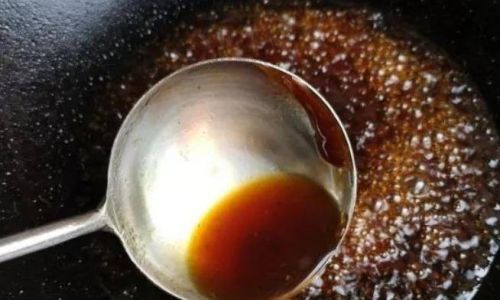
The Science Behind Caramelization
Before diving into the cooking process, it’s essential to grasp the chemistry at play. Caramelization occurs when sugar molecules break down under high heat, undergoing a series of reactions that transform their structure. This process releases volatile compounds responsible for the nutty, buttery, and slightly bitter notes that define caramel’s flavor profile. Unlike the Maillard reaction (which involves proteins and sugars), caramelization is purely sugar-driven, making it a standalone technique for enhancing sweet and savory dishes alike.
Rock sugar, made from crystallized sucrose, is ideal for caramelization due to its large, unrefined crystals. Unlike granulated white sugar, which can burn easily and produce a harsh bitterness, rock sugar melts gradually, allowing for precise control over the caramelization stage. This results in a smoother, more balanced glaze that enhances rather than dominates a dish.
Ingredients and Tools
To embark on your caramelized sugar journey, gather the following:
- Rock sugar (bīngtáng): 150–200 grams (adjust based on desired quantity). Opt for pale yellow or clear crystals for a neutral flavor.
- Water: 50–70 milliliters (divided into two parts: one for initial melting, one for deglazing).
- Neutral oil (optional): 1 teaspoon (to prevent sticking, though a well-seasoned wok may not require it).
- Heavy-bottomed wok or saucepan: Ensures even heat distribution.
- Long-handled wooden spoon or spatula: For stirring without scratching the pan.
- Thermometer (optional): Target 160–170°C (320–338°F) for a golden caramel; exceeding 180°C (356°F) risks burning.
Step-by-Step Method
Preparing the Wok
Place your wok over medium-low heat. If using oil, add a teaspoon and swirl to coat the base. This step is optional but helpful for first-timers, as it prevents the sugar from sticking prematurely.
Melting the Sugar
Add the rock sugar to the wok in an even layer. Avoid overcrowding the pan, as this can create uneven heat pockets. Allow the sugar to heat gradually, resisting the urge to stir immediately. Patience is key here—rushing the process may lead to clumping or uneven melting.
After 2–3 minutes, you’ll notice the edges of the sugar crystals beginning to liquefy and darken. At this point, gently stir with a wooden spoon to redistribute the melted sugar. Continue stirring sporadically, ensuring all crystals dissolve completely.
Pro Tip: If the sugar starts to clump, reduce the heat slightly and add a splash of water (1–2 tablespoons) to loosen it.

Monitoring Color and Aroma
As the sugar melts, it will transition through several stages:
- Clear liquid: The sugar is fully melted but not yet caramelized.
- Straw-yellow: A faint sweetness emerges.
- Golden amber: The aroma becomes nutty, and the liquid thickens slightly.
- Deep mahogany: The sugar reaches its peak caramelization, with a bittersweet edge.
Stop cooking at the golden amber stage for a versatile glaze suitable for most dishes. Pushing it to mahogany adds complexity but requires immediate use to prevent bitterness.
Safety Note: Caramelized sugar is extremely hot (up to 190°C/374°F). Wear long sleeves and gloves to protect against splatters.
Deglazing with Water
Once the desired color is achieved, carefully pour in the reserved water. Stand back while doing this, as the hot sugar will bubble vigorously. Stir continuously until the mixture homogenizes. If the caramel seizes (hardens upon contact with water), return the pan to low heat and stir gently until it dissolves.
Cooling and Storing
Allow the caramelized sugar to cool slightly before using. For long-term storage, transfer it to a sterilized glass jar and refrigerate for up to one month. The glaze will thicken as it cools but can be reheated gently over low heat.
Variations and Troubleshooting
Dry Stir-Fry Method
For a deeper, more robust flavor, omit the initial water. Melt the sugar directly in a dry wok, stirring constantly until caramelized. This method requires vigilance, as the sugar can burn rapidly. Deglaze with water or stock as usual.
Water-Assisted Caramel
Combine the sugar and water (equal parts) in the wok before heating. This “wet method” yields a smoother texture and is more forgiving for beginners. However, it may dilute the flavor slightly.
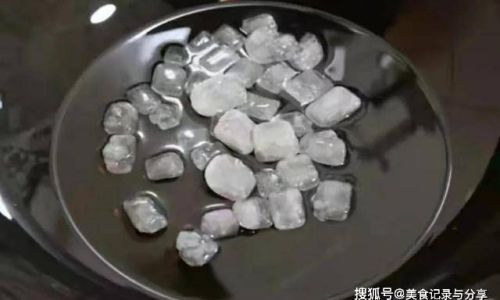
Common Issues
- Crystallization: Caused by undissolved sugar crystals. Prevent this by brushing the pan’s sides with a wet pastry brush during melting.
- Burnt Bitterness: If the caramel smells acrid, discard it and start over. Burnt sugar cannot be salvaged.
- Too Thick/Thin: Adjust consistency by simmering longer (to thicken) or adding water (to thin).
Culinary Applications
Caramelized sugar is a chameleon ingredient, adapting to both sweet and savory contexts:
- Braised Dishes: Add a few tablespoons to stews or braises for depth. Try it in Shanghai-style red-braised pork belly.
- Sauces and Glazes: Whisk into soy sauce, vinegar, or wine for a glossy finish.
- Desserts: Drizzle over shaved ice, mix into custards, or coat nuts for a crunchy topping.
- Marinades: Combine with spices to tenderize and caramelize meats.
Recipe Idea: Caramelized Walnuts
- Toss 200g walnuts in 1 tbsp caramelized sugar.
- Spread on a baking sheet and bake at 180°C (350°F) for 8–10 minutes.
- Cool until crisp for a decadent snack.
Cultural Significance
In Chinese cooking, caramelized sugar symbolizes harmony between sweetness and umami. Historically, it was a luxury reserved for imperial feasts, where chefs mastered its nuances to impress nobility. Today, it remains a cornerstone of home-cooked meals, bridging tradition and innovation.
Conclusion
Crafting caramelized sugar with rock sugar is a dance of patience, precision, and intuition. While the process may seem meticulous, the rewards—a versatile glaze that elevates textures and flavors—are unparalleled. Whether you’re a novice cook or a seasoned chef, mastering this technique invites a deeper appreciation for the alchemy of heat and sugar. So grab your wok, arm yourself with patience, and let the sizzle of melting crystals guide you to culinary mastery.
Remember: The best caramelized sugar is not just cooked—it’s felt. Listen to the whisper of the wok, watch the sugar’s transformation, and trust your instincts. With practice, you’ll soon wonder how you ever cooked without it.
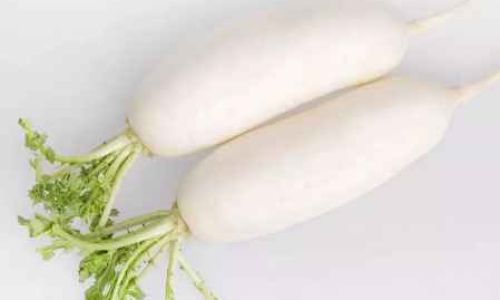
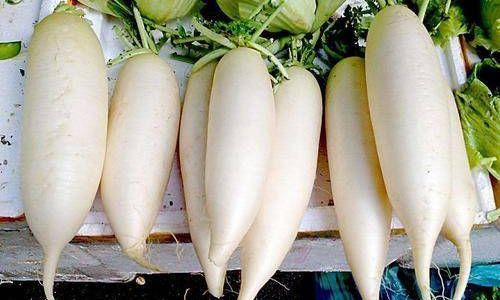
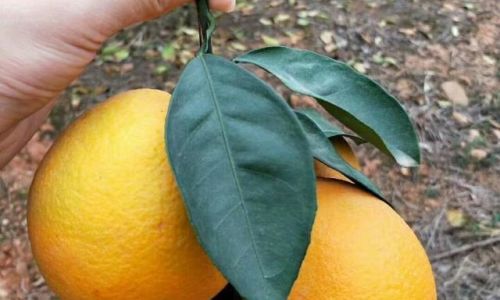


0 comments